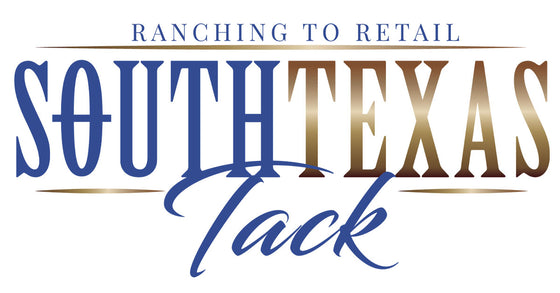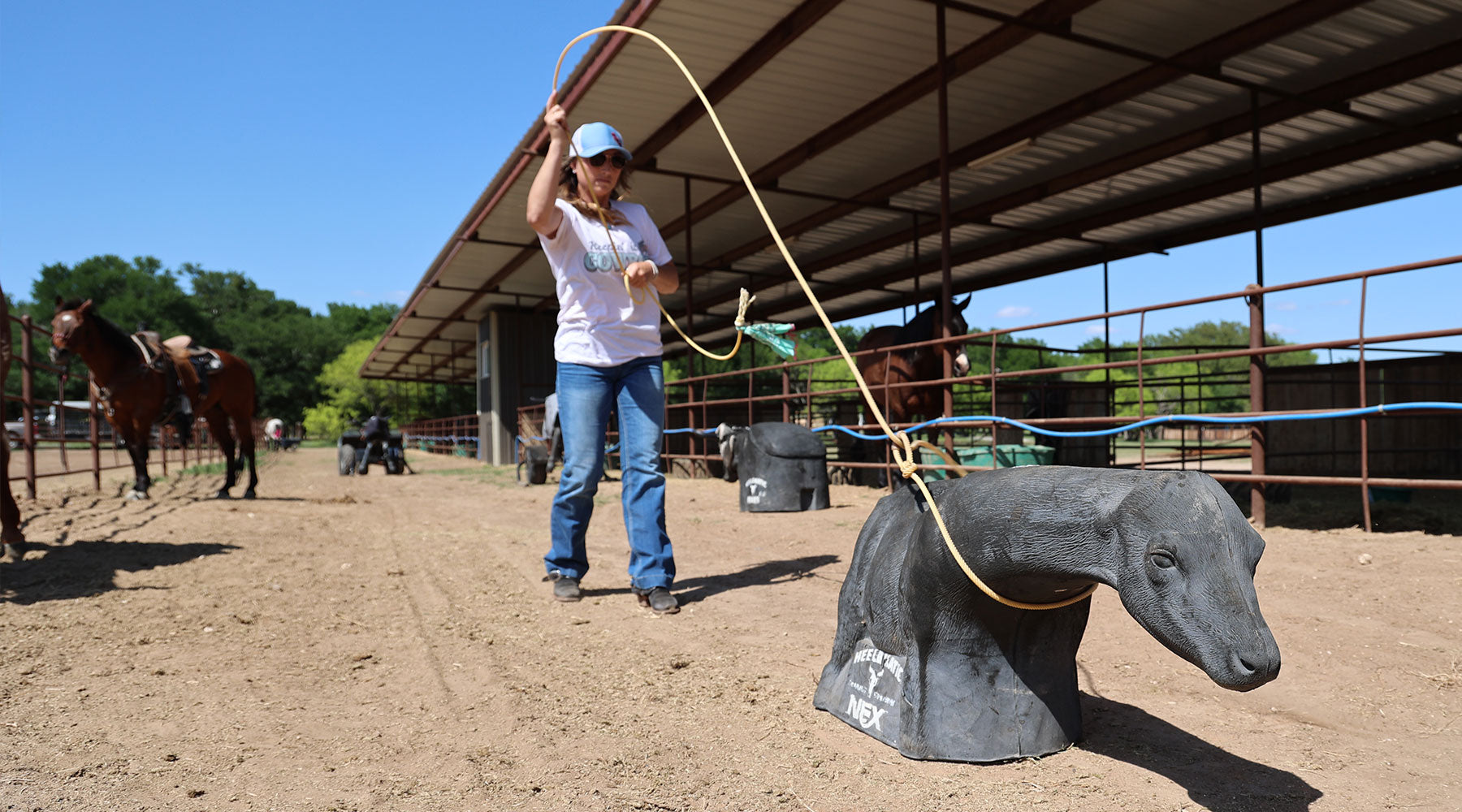What is Coretech?
Coretech is a patented technology invented by Equibrand that places a core strand of fiber through the center of a rope. The core is inserted inside the outer strands as the rope is made. This technology is exclusively used in Equibrand’s rope brands, Classic Rope and Rattler Rope. The core provides many benefits to the roper.
Can you discuss some of the benefits? How does this technology work?
- The core stabilizes the loop. The outer strands of the rope bind with the core causing the loop to feel more balanced and more stable. Team ropes come in many different degrees of stiffness (referred to as lay). A roper’s personal feel determines the “lay” that they prefer. Without the core, the rope body can feel springy, bouncy, or even like a piece of wire. But, when the outer strands bond to the inner core, the bouncy, springy, or wiry feel disappears making it easier to use.
- The core makes the loop feel balanced, and the roper gains confidence to trust that their delivery can be placed accurately at the intended target. A bouncy, springy, wiry-feeling rope may cause ropers to wave the loop off the horns or cause the loop to bounce in front of the steer’s feet on a heel shot. Coretech causes the rope to stay balanced and on target. When heading, a rope with Coretech will go to the base of the steer’s horns, then close around the horns with a snappy and tight catch. When heeling, the core helps the bottom strand go to the ground with a wide-open loop in front of the feet.
- The core adds weight into a smaller diameter. This allows the roper to use a smaller rope. Ropes with a smaller diameter are easier to handle, swing and throw faster. As the sport of team roping has evolved with times becoming faster, ropers have demanded smaller, faster ropes with more feel and more accuracy.
- The core increases the sweet spot in the loop (like the technology used in golf clubs to improve performance). The core helps the loop remain open during swing and delivery, which helps a roper catch their target with a less than perfect delivery.
- The core makes it easier for ropers to feel the tip of the rope, and makes it easier for the tip to stay in front of their swing to guide the loop to the target.
- Coretech makes it possible to make a five-strand rope. Without the core inside, one of the outer five strands will pop out in the manufacturing process. Because the outer strands bind to the inner core, it is possible to make a five-strand rope. The five-strand is even smother and faster than the four-strand and packs even more weight into a smaller diameter (than a four-strand with the core). Five-strand ropes are only available from Equibrand. They are largely preferred by headers, although also available in heel ropes.
- Four and five-strand ropes are faster and smoother than traditional three-strand ropes. Classic Rope was the first company to make a four-strand rope for team ropers and this totally changed the industry. The vast majority of ropers today prefer four or five strands over three because of the fast, smooth feel they have grown to depend on.
How does Coretech affect the life expectancy of a rope, and how has this technology changed the industry?
In addition to what was mentioned above, the smaller strands of the outer shell (made possible by the core) make the rope’s exterior smoother so it wears longer before fraying. Because the smaller strands in the outer shell are smoother than a traditional three-strand rope, four and five-strand ropes feed easier and feel faster much longer. This allows the roper to get more life out of the rope.
Coretech technology has changed the industry from a three-strand to four or five-strand market. It has also made ropes more accurate, easier to use, and allows them to last longer.
Briefly, can you share the timeline of team rope technology?
For the sport of team roping, three-strand ropes were used exclusively until 1998 when Classic Rope introduced the first four-strand rope, the XR4. After the XR4, ropers preferred four-strand ropes, and they remain the most widely used ropes in the market today. Classic Rope introduced the first five-strand team rope (Spydr) in 2009. Finally, the NXT five-strand rope was introduced in December 2017.




